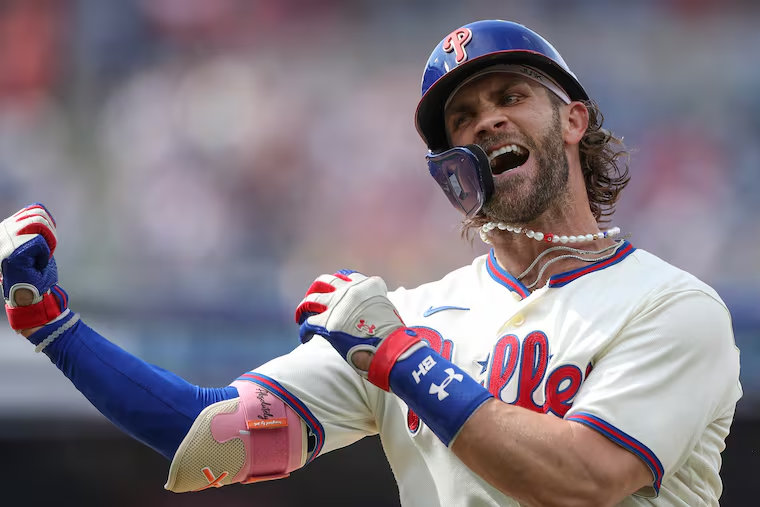Bryce Harper’s recovery and standout season after elbow surgery even surprised his physical therapist
Tim Soder is astounded by what the Phillies slugger accomplished this season. “I was shocked at how good his average was," the physical therapist says.
